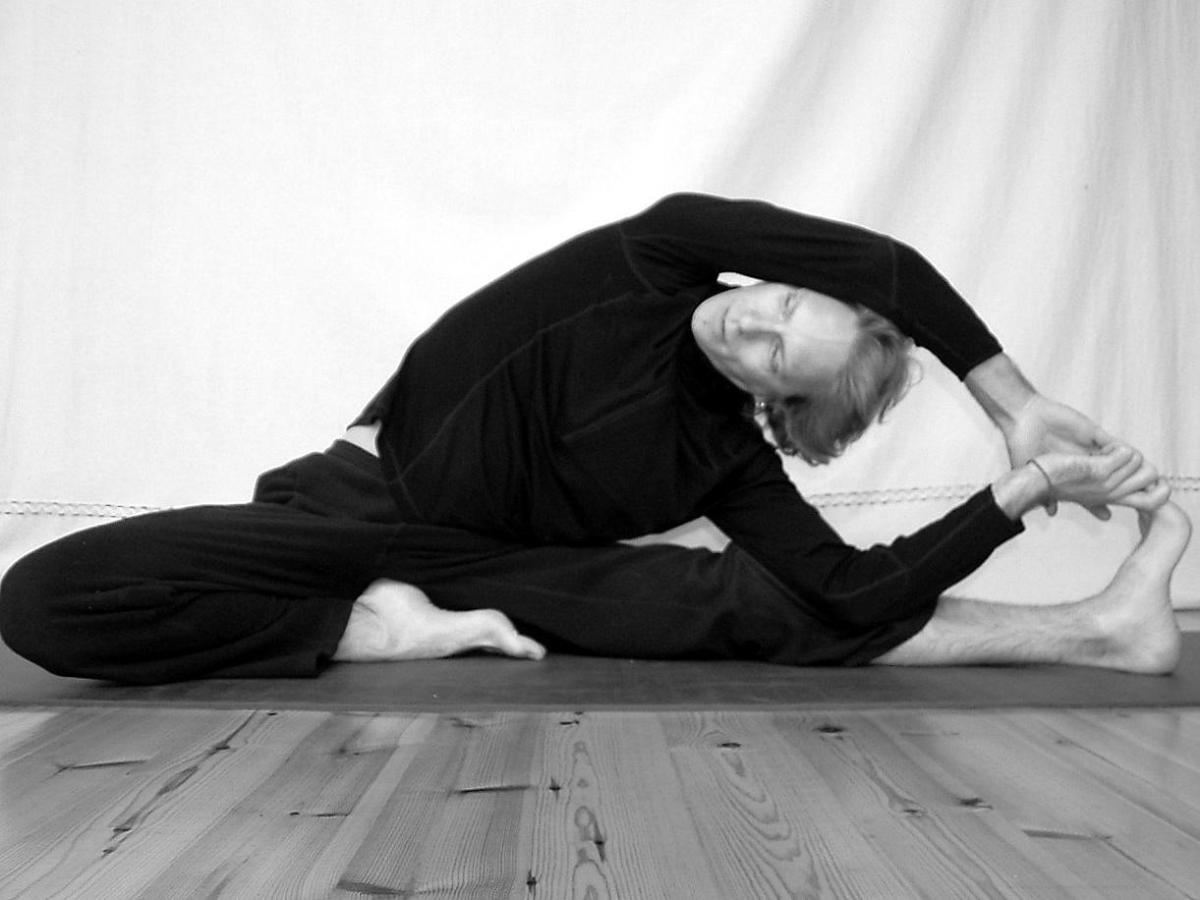No.1 in a series on Bodhiyoga Concepts

Bodhiyoga is now in it's third year of teaching. In this blog we are going to outline some of the principles of the courses that we do. This is a new series of blogs that we are launching in order to inform potential students about what we do and to give an idea to yogis who are interested in training, more what they might get from training with us.
When we launched the Bodhiyoga course we had a number of things in mind about what we wanted to present and teach. On the one hand we wanted to present a good solid foundation in teaching practice and hatha yoga methods suitable for modern westerners. On the other hand we wanted to present material from the Buddhist tradition that we considered to be important and integral to developing a yoga practice beyond just the purely physical realms.
In this series of blogs we'll describe more our approach and aim. If you look at yoga you can see a multifaceted tradition with all sorts of perspectives and emphasis of practice. Yoga is no one thing only, but a complex organisation of practises and disciplines developed over many centuries. Some of these practices are highly esoteric and some are exoteric and explicit. In the Bodhiyoga system of practice what has been developed and drawn out very clearly and strongly is the emphasis of the development of awareness through yoga. This development of awareness has implications far beyond the physical to include the cultivation of mind. What does this mean? Well, in order to go further we need to look at the tradition that we are teaching from which is that of the Buddhism.
 A basic tenet of Buddhist thought and practice is that all things are led and produced by mind. All things are conditioned and based upon a complex of conditions that interrelate and interact to produce certain consequent results. So, to take a simple example, if you want to practice yoga to develop concentration, then you need certain conditions to do that such as a relatively quiet space, a practice area, enough time to do the practice, reasonably good health, freedom from too much heat or cold etc. The list goes on. One needs to the right kind of conditions to grow spiritually as well.
A basic tenet of Buddhist thought and practice is that all things are led and produced by mind. All things are conditioned and based upon a complex of conditions that interrelate and interact to produce certain consequent results. So, to take a simple example, if you want to practice yoga to develop concentration, then you need certain conditions to do that such as a relatively quiet space, a practice area, enough time to do the practice, reasonably good health, freedom from too much heat or cold etc. The list goes on. One needs to the right kind of conditions to grow spiritually as well.
From our point of view these conditions can be brought together consciously and this is largely what practise in Buddhism is about. When you become more conscious you can then put in place the conditions for your growth, you become skilled if you like in knowing what is good and appropriate for your development and what is going to obstruct that growth. You come to know what to do with things that obstruct and how to re-establish growth.
This becoming aware is the stuff of the spiritual path and in our yoga work we bring this out more by using the Satipattana (early important Buddhist training text) material which is deeply oriented towards developing the right awareness to grow as a human being in our potential.
In the coming articles we'll be going into this in greater detail to try to illustrate how yoga forms a part of that process and how it can help us to grow and change, rather than just being a physical practise that we then forget about once leaving the yoga space.
- bodhiyoga's blog
- Log in to post comments


